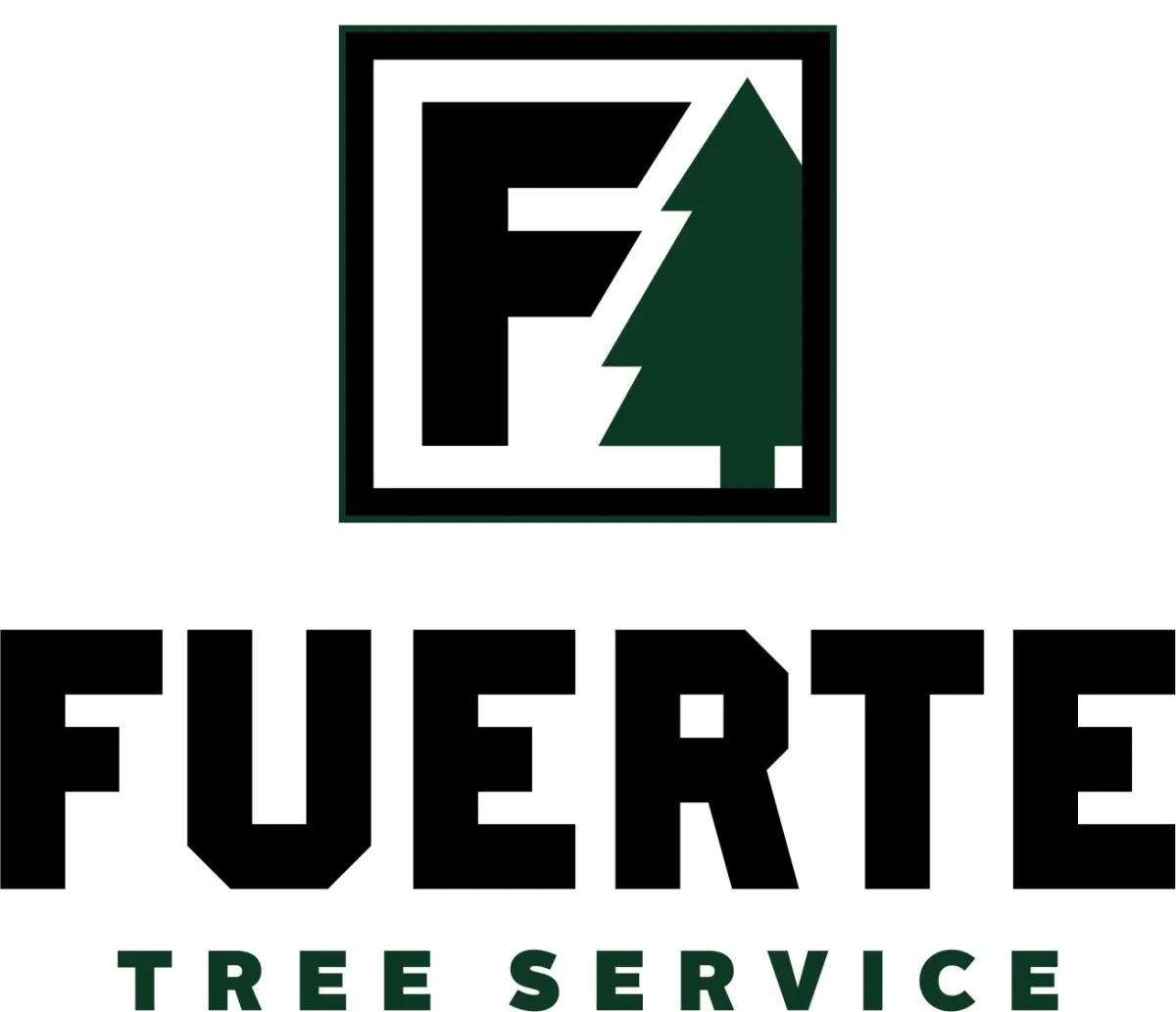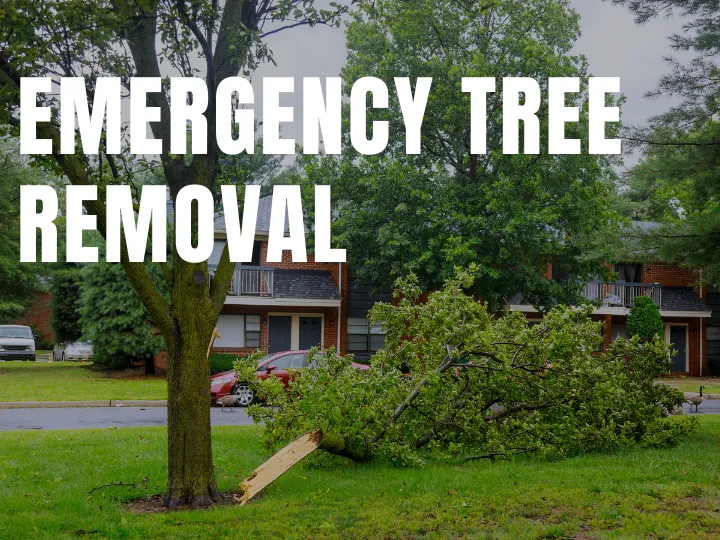
Emergency Tree Removal Services: What You Need to Know
Emergency Tree Service for Commercial Properties: What You Need to Know About Urgent Tree Care and Safety
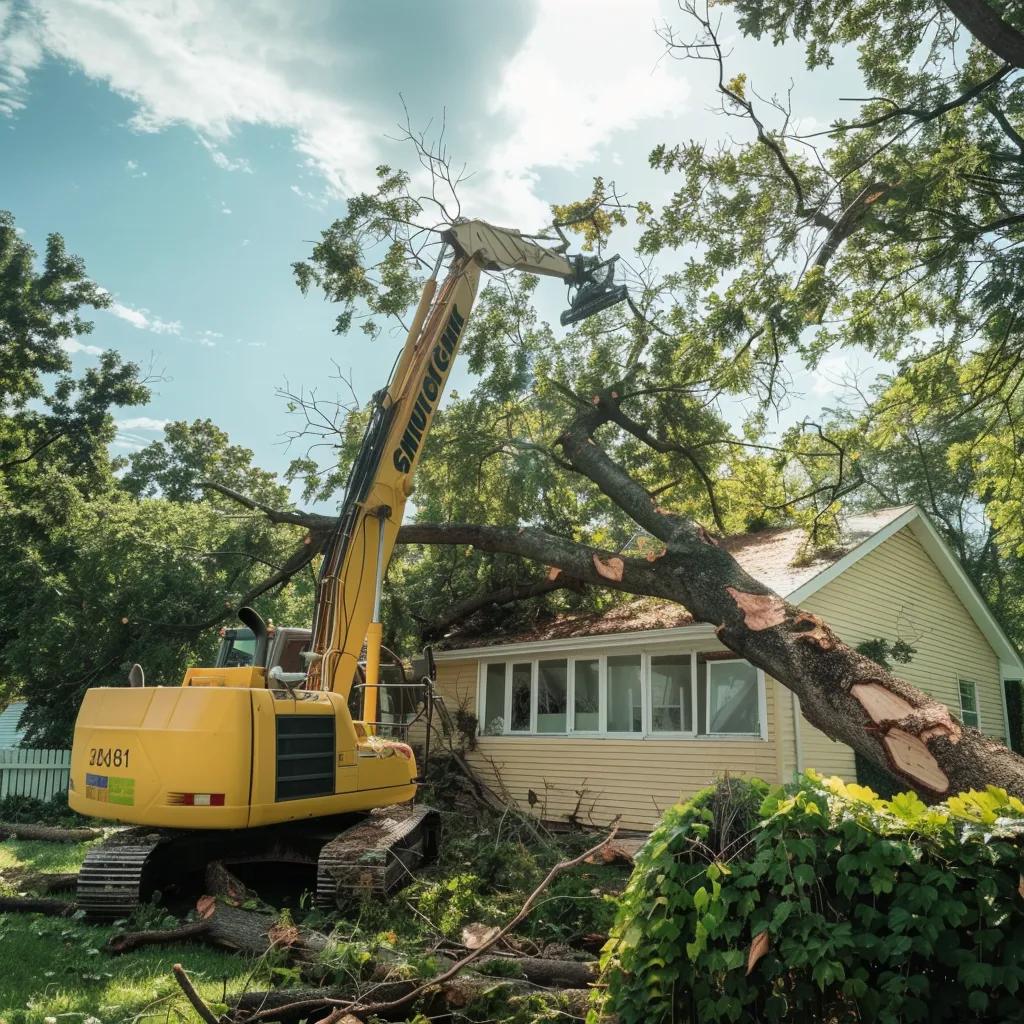
When a massive limb breaks free during a windstorm on a busy business campus, swift intervention can protect employees, clients and assets. Mastering commercial emergency tree service ensures hazardous trees are identified and mitigated before they cause structural damage or legal liability. In this guide, you’ll discover what defines an emergency tree service for commercial properties, how storm damage is evaluated, steps for hazard assessment, the removal process, preventative maintenance strategies, insurance considerations and criteria for selecting a reliable provider like Fuertes Tree Service. Read on to learn how to safeguard your commercial landscape with expert tree care protocols and safety measures.
What Is Emergency Tree Service for Commercial Properties?
Emergency tree service for commercial properties delivers rapid-response removal or stabilization of damaged, diseased or fallen trees that threaten buildings, infrastructure or public safety. This specialized service combines certified arborist expertise, heavy equipment and 24/7 availability to restore clear and secure grounds, minimize downtime and reduce liability exposure.
What Situations Require Emergency Tree Removal on Business Properties?
Emergency removal is necessary when trees present imminent risk to people or assets. Common scenarios include:
Uprooted or leaning trunks that could collapse onto structures
Snapped limbs hanging over walkways, parking lots or rooftops
Root heaving damaging sidewalks, curbs or underground utilities
Trees struck by lightning or compromised by disease, creating unstable cavities
Emergency situations demand immediate action to prevent property loss and ensure public safety, leading directly into specialized storm-damage protocols.
How Does Emergency Tree Service Differ for Commercial vs. Residential Properties?
Commercial and residential emergency tree services share core principles but vary in scale, risk and logistics:
Commercial properties require larger crews, advanced risk assessments and coordinated communication with stakeholders, underscoring the need for specialized expertise.
Who Provides Emergency Tree Services: Role of Certified Arborists and Professionals?
Certified arborists trained by the International Society of Arboriculture (ISA) evaluate tree health, structural integrity and hazard potential. They collaborate with insured, licensed crews to implement safe removal, pruning or cabling techniques. Engaging professionals ensures compliance with local regulations and industry safety standards.
ISA Certified Arborist Role
Certified arborists, trained by the International Society of Arboriculture (ISA), are crucial in evaluating tree health, structural integrity, and hazard potential. They collaborate with insured, licensed crews to implement safe removal, pruning, or cabling techniques, ensuring compliance with local regulations and industry safety standards.
International Society of Arboriculture (ISA), "What is an Arborist?"
This source directly supports the article's emphasis on the importance of certified arborists in emergency tree services.
How Does Commercial Storm Damage Impact Trees and Property?
Severe weather events can compromise root anchorage, fracture trunks and strip protective bark, creating hidden hazards that endanger people and buildings. Understanding storm damage effects guides emergency planning and rapid-response actions.
What Types of Storm Damage Affect Commercial Trees?
Wind Damage: Tornado-force gusts shear branches and uproot specimens.
Ice Accumulation: Heavy ice coatings overload limbs, causing breakage.
Lightning Strikes: Electrical discharges fracture trunks and create split cavities.
Flooding: Saturated soils weaken root stability and lead to toppling.
How Is Storm Damage Assessed on Commercial Properties?
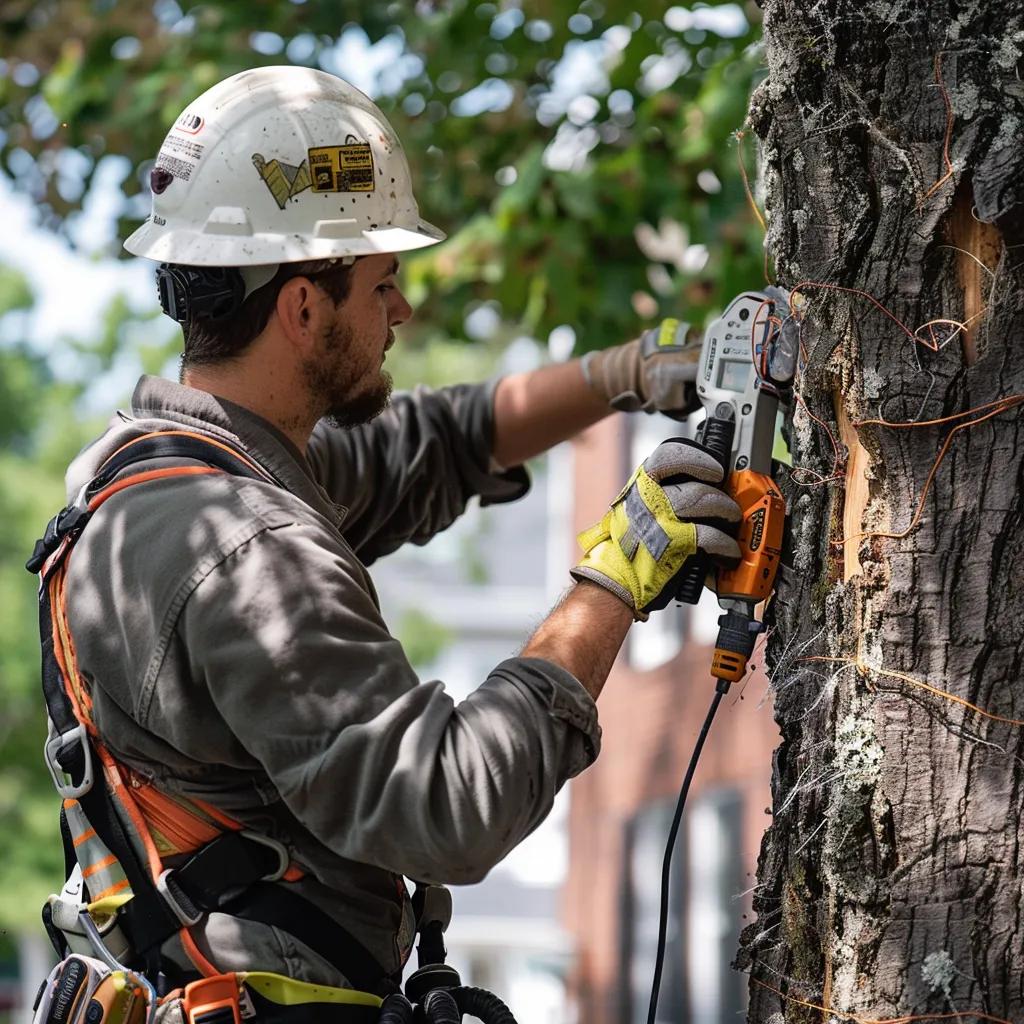
After a storm, arborists perform systematic inspections:
Visual surveys to identify cracked trunks, hanging limbs and root exposure
Use of resistograph drills or sonic tomographs to detect internal decay
Risk scoring based on defect severity, target value (people/structures) and likelihood of failure
This hazard identification process supports immediate stabilization and removal decisions under a unified risk assessment framework.
What Are the Immediate Steps After Storm Damage to Trees?
A structured emergency response includes:
Securing the site and restricting access to hazardous zones
Triage of trees by urgency: fallen, at-risk, repairable
Temporary bracing or cabling for trees that can be saved
Mobilizing heavy-lift equipment and crews for removal or cleanup
Prompt action reduces secondary damage and sets the stage for full restoration and liability mitigation.
How Is Hazardous Tree Assessment Conducted for Commercial Properties?
What Are the Signs of Unsafe or Hazardous Trees on Business Properties?
Deep cracks or cavities in the trunk or main scaffold limbs
Exposed, circling or decayed roots lifting surfaces
Thinning foliage or epicormic shoots indicating stress
Leaning stems that have shifted from vertical alignment
Recognizing these symptoms guides arborists in prioritizing urgent interventions.
How Do Arborists Perform Commercial Tree Risk Assessments?
Arborists follow a multi-step protocol:
Preliminary Survey: Mapping tree locations and recording species, age and target zones
Defect Detection: Employing tools like increment borers and resistographs to assess internal decay
Risk Rating: Assigning likelihood and impact scores to each tree based on industry standards
Mitigation Plan: Recommending pruning, cabling or removal aligned with facility safety goals
This data-driven approach ensures a transparent, defensible evaluation of potential tree failures.
When Is Preventative Tree Removal Recommended for Commercial Safety?
Trees exhibit multiple severe defects that cannot be mitigated by pruning or bracing
Aging or invasive species pose long-term structural risks to sidewalks or underground utilities
Development plans require clear building envelopes or parking expansions
Regulatory directives demand removal of hazardous specimens to maintain occupancy certifications
Preventative removal minimizes emergency interventions and enhances overall site safety.
What Does the Emergency Tree Removal Process for Commercial Properties Involve?
How Is Safety Ensured During Emergency Tree Removal?
Safety protocols revolve around:
Licensed, bonded and insured crews operating under OSHA and ANSI Z133 standards
Use of exclusion zones, flagging and protective equipment to shield passersby and structures
On-site supervision by ISA-certified arborists overseeing each cut and lift
OSHA and ANSI Standards in Tree Care
Safety protocols in emergency tree removal involve licensed, bonded, and insured crews operating under OSHA and ANSI Z133 standards. These standards ensure the use of exclusion zones, flagging, and protective equipment to shield passersby and structures, with on-site supervision by ISA-certified arborists overseeing each cut and lift.
Occupational Safety and Health Administration (OSHA), "Tree Care Operations"
This citation reinforces the article's discussion of safety measures and the importance of adhering to industry standards during emergency tree removal.
What Equipment and Techniques Are Used in Commercial Emergency Tree Removal?
Emergency removal leverages specialized machinery and methods to handle large trees efficiently:
How Long Does Emergency Tree Service Typically Take for Businesses?
Response and removal timelines vary by severity but generally follow this schedule:
Initial Assessment: Within 1–2 hours of notification
Site Preparation & Safety Measures: 1–3 hours
Removal & Cleanup: 2–8 hours, depending on tree size and quantity
Final Inspection & Reporting: 1 hour
This four-step process supports 24/7 rapid response, minimizing disruption to commercial operations.
How Can Commercial Property Owners Prevent Tree Emergencies?
What Are Effective Commercial Tree Maintenance Plans?
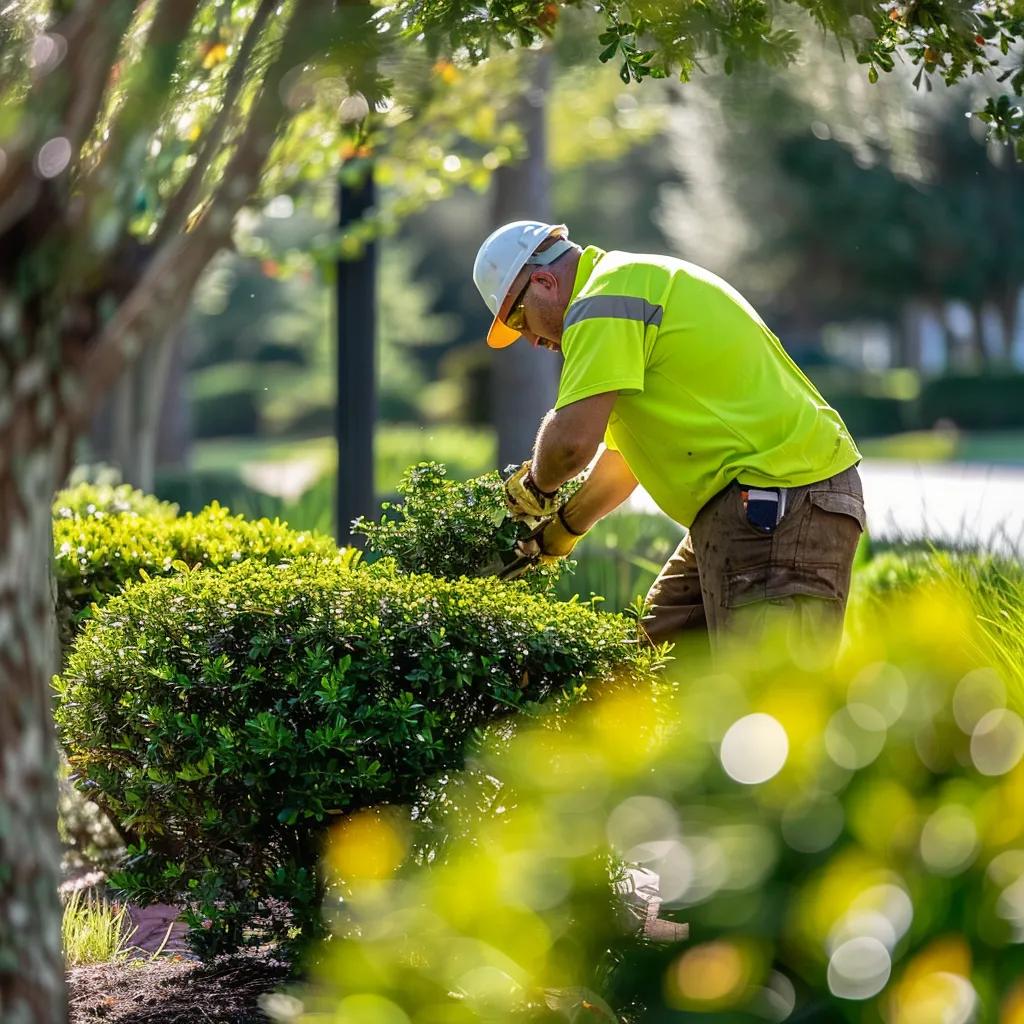
Regular pruning cycles scheduled by season to remove weak or overcrowded limbs
Soil testing and fertilization programs tailored to species-specific nutrient needs
Annual health inspections conducted by ISA-certified arborists
Integrated pest management to control disease vectors and insect infestations
Implementing these elements enhances structural integrity and aesthetic value, setting a strong foundation for long-term safety.
How Does Preventative Pruning Reduce Storm Damage Risks?
Thinning Canopy: Reduces wind resistance and limb shear
Removing Defective Limbs: Eliminates branches prone to cracking under ice or wind
Balancing Weight Distribution: Ensures even load bearing across major scaffold limbs
By addressing structural weak points, pruning limits catastrophic failures during severe weather events.
What Role Do Certified Arborists Play in Long-Term Tree Health Management?
Certified arborists bring scientific expertise to:
Diagnose nutrient deficiencies or early-stage diseases
Recommend site-specific soil amendments and irrigation strategies
Design mitigation plans for compaction and root-zone protection
Provide ongoing monitoring to adjust care as trees mature
Partnering with arborists transforms tree care from reactive removal to strategic asset management.
What Are the Insurance and Liability Considerations for Commercial Tree Emergencies?
Is Emergency Tree Removal Covered by Commercial Property Insurance?
Emergency removal is often covered when damage arises from sudden, accidental events like storms or lightning. Property policies typically include:
Dwelling or Building Coverage: Applies to surrounding structures
Business Property Protection: Covers clean-up and removal of hazardous trees
Deductible and Limit Clauses: Vary by insurer and policy endorsement
Reviewing policy language and obtaining detailed removal reports from professionals streamline claims.
Who Is Responsible for Fallen Tree Removal on Commercial Properties?
Liability generally rests with the property owner or manager, regardless of tree ownership if located within the site boundary. Clear contractual agreements and documented risk assessments limit exposure by demonstrating due diligence.
How Should Property Managers Document Tree Damage for Insurance Claims?
Accurate documentation involves:
Photographic evidence of damage angles, severity and proximity to assets
Time-stamped assessment reports by ISA-certified arborists
Detailed invoices for emergency removal, cleanup and restoration work
Correspondence records with insurers and contractors
Thorough records expedite claim approval and ensure full cost recovery.
How to Choose the Right Emergency Tree Service Provider for Your Commercial Property?
What Certifications and Insurance Should Commercial Tree Services Have?
ISA Certified Arborist credentials and TRAQ risk assessment qualifications
Licensed contractor status and General Liability coverage with adequate limits
Workers’ Compensation insurance for crew protection
OSHA and ANSI compliance for equipment operation and on-site safety
These credentials demonstrate a provider’s commitment to professional standards and legal compliance.
What Questions Should You Ask Before Hiring an Emergency Tree Service?
“Are you available 24/7 for urgent commercial requests?”
“Can you provide a site-specific risk assessment report?”
“What is your estimated response time and removal timeline?”
“Do you carry the required liability and workers’ compensation insurance?”
“Can you supply references from other commercial clients in Bakersfield?”
Asking these questions separates reputable providers from unqualified contractors.
How Does Fuertes Tree Service Ensure Safe and Reliable Emergency Tree Care?
Fuertes Tree Service combines local expertise with national best practices:
A dedicated 24/7 dispatch team guarantees on-site assessment within two hours.
Our ISA-certified arborists conduct digital risk scoring and deliver comprehensive reports.
Fully licensed and insured crews operate with cranes, chippers and aerial equipment under strict safety protocols.
Transparent invoicing and documentation support efficient insurance claims.
Swift, expert action is essential when commercial properties face tree-related emergencies. By understanding hazard indicators, response processes, preventative care strategies and insurance protocols, property managers can mitigate risks and secure their investments. Partnering with a qualified provider like Fuertes Tree Service combines arborist expertise, advanced equipment and 24/7 availability to deliver reliable emergency tree care and ongoing landscape stewardship.
Fuel safety and resilience in your commercial landscape—contact Fuertes Tree Service at fuertetreeservicebakersfield.com for prompt assessments and professional emergency tree removal.
Frequently Asked Questions
What should I do if a tree falls on my commercial property?
If a tree falls on your commercial property, prioritize safety by securing the area and restricting access to prevent injuries. Contact an emergency tree service immediately to assess the situation. They will evaluate the damage, remove the tree, and ensure that any hazards are addressed. Document the incident with photographs and notes for insurance purposes. It's crucial to act quickly to minimize further damage and liability.
How can I prepare my commercial property for storm season?
Preparing your commercial property for storm season involves several proactive steps. Conduct a thorough inspection of all trees on the property, looking for signs of disease or structural weakness. Implement a regular maintenance plan that includes pruning and health assessments by certified arborists. Additionally, ensure that drainage systems are clear to prevent flooding. Having an emergency tree service on speed dial can also expedite response times during severe weather events.
What are the costs associated with emergency tree services?
The costs of emergency tree services can vary widely based on factors such as the size of the tree, the complexity of the removal, and the urgency of the situation. On average, you might expect to pay anywhere from a few hundred to several thousand dollars. It's advisable to request a detailed estimate before work begins, which should include all potential fees for removal, cleanup, and any necessary follow-up services.
How often should I have my commercial trees inspected?
Commercial trees should ideally be inspected at least once a year by a certified arborist. However, more frequent inspections may be necessary if your property is located in an area prone to severe weather or if you notice any signs of distress in the trees. Regular inspections help identify potential hazards early, allowing for timely interventions that can prevent emergencies and enhance the overall health of your landscape.
What are the legal responsibilities of property owners regarding tree maintenance?
Property owners are generally responsible for maintaining trees on their property to ensure they do not pose a risk to people or structures. This includes regular inspections, pruning, and removal of hazardous trees. Failure to maintain trees can lead to liability issues if a tree causes injury or damage. It's essential to stay informed about local regulations and best practices for tree care to mitigate legal risks.
Can I perform tree maintenance myself, or should I hire a professional?
While some minor tree maintenance tasks, like light pruning, can be done by property owners, hiring a professional is recommended for significant work, especially in emergency situations. Certified arborists have the training and equipment to safely assess and manage tree health, ensuring compliance with safety standards. Attempting complex tasks without proper knowledge can lead to accidents and further damage, making professional help a safer choice.
What should I look for in an emergency tree service provider?
When selecting an emergency tree service provider, look for credentials such as ISA certification, proper licensing, and insurance coverage. Check for reviews and references from previous clients to gauge their reliability and quality of service. Additionally, inquire about their response times, availability, and the equipment they use. A reputable provider should also offer a clear and detailed estimate before starting any work.
